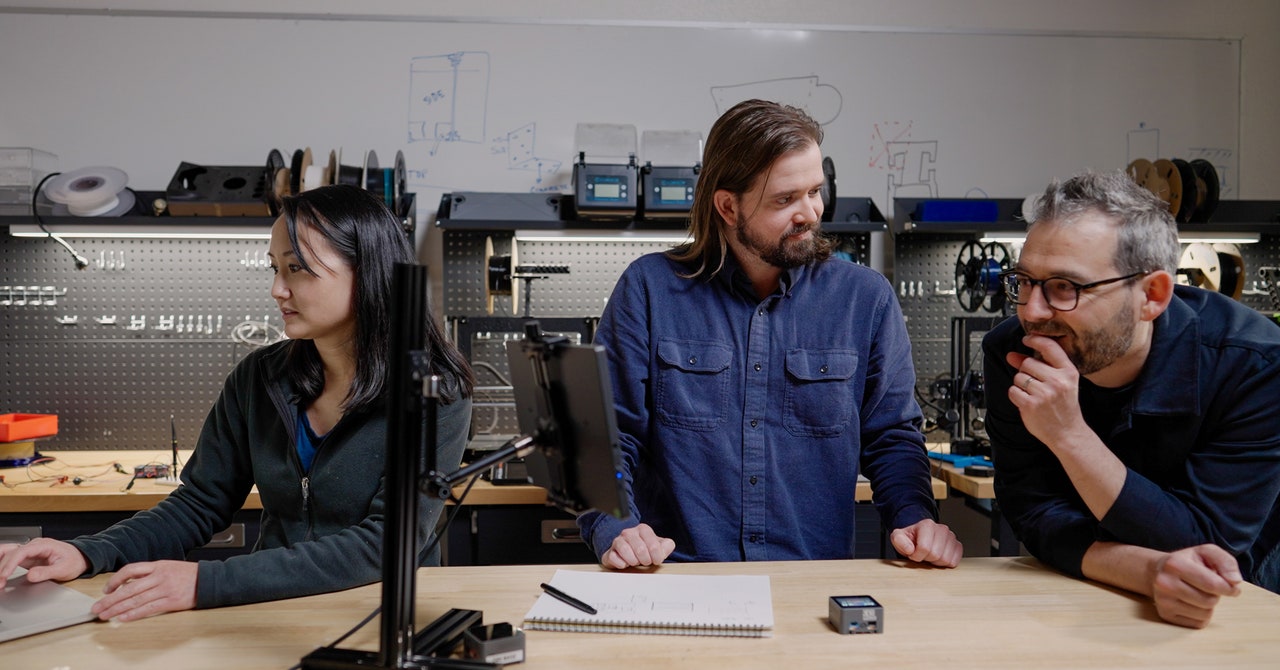The Dark Side of Open Source AI
Open Source AI Image Generators
Whether through the frowning high-definition face of a chimpanzee or a psychedelic, pink-and-red-hued doppelganger of himself, Reuven Cohen uses AI-generated images to catch people’s attention. “I’ve always been interested in art and design and video and enjoy pushing boundaries,” he says—but the Toronto-based consultant, who helps companies develop AI tools, also hopes to raise awareness of the technology’s darker uses.
“It can also be specifically trained to be quite gruesome and bad in a whole variety of ways,” Cohen says. He’s a fan of the freewheeling experimentation that open source image-generation technology has unleashed. But that same freedom enables the creation of explicit images of women used for harassment.
After nonconsensual images of Taylor Swift recently spread on X, Microsoft added new controls to its image generator. Open source models can be commandeered by just about anyone and come without guardrails. Despite the efforts of some hopeful community members to deter exploitative uses, the open source and free-for-all is near-impossible to control, experts say.
“Open source has powered fake image abuse and nonconsensual pornography. That’s impossible to sugarcoat or qualify,” says Henry Ajder, who has spent years researching harmful use of generative AI.
Ajder says that at the same time that it’s becoming a favorite of researchers, creatives like Cohen, and academics working on AI, open source image generation software has become the bedrock of deep fake porn. Some tools based on open source algorithms are purpose built for salacious or harassing uses, such as “nudifying” apps that digitally remove women’s clothes in images.
But many tools can serve both legitimate and harassing use cases. People in the entertainment industry use one popular open source face-swapping program and as the “tool of choice for poor actors” making nonconsensual deep fakes, Ajder says. High-resolution image generator Stable Diffusion, developed by startup Stability AI, is claimed to have more than 10 million users and has guardrails installed to prevent explicit image creation and policies barring malicious use. But the company also open sourced a version of the image generator in 2022 that is customizable, and online guides explain how to bypass its built-in limitations.
Meanwhile, smaller AI models known as LoRAs make it easy to tune a Stable Diffusion model to output images with a particular style, concept, or pose—such as a celebrity’s likeness or certain sexual acts. They are widely available on AI model marketplaces such as Civitai, a community-based site where users share and download models. There, one creator of a Taylor Swift plug-in has urged others not to use it “for NSFW images.” However, once downloaded, its use is out of its creator’s control. “How open source works means it’s going to be pretty hard to stop someone from potentially hijacking that,” says Ajder.
4chan, the image-based message board sits with a reputation for chaotic moderation is home to pages devoted to nonconsensual deep fake porn, WIRED found, made with openly available programs and AI models dedicated solely to sexual images. Message boards for adult images are littered with AI-generated nonconsensual nudes of actual women, from porn performers to actresses like Cate Blanchett. WIRED also observed 4chan users sharing workarounds for NSFW images using OpenAI’s Dall-E 3.
Read More: ChatGPT the AI chatbot
That kind of activity has inspired some users in communities dedicated to AI image-making, including on Reddit and Discord, to attempt to push back against the sea of pornographic and malicious images. Creators also express worry about the software gaining a reputation for NSFW images, encouraging others to report images depicting minors on Reddit and model-hosting sites. Reddit’s policies prohibit all AI-generated “nonconsensual intimate media.”















Post Comment
You must be logged in to post a comment.